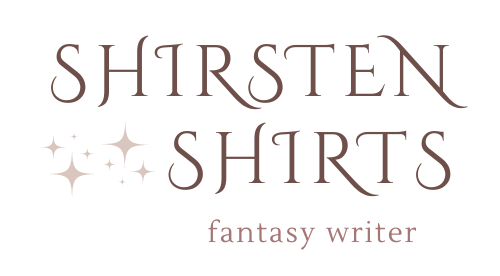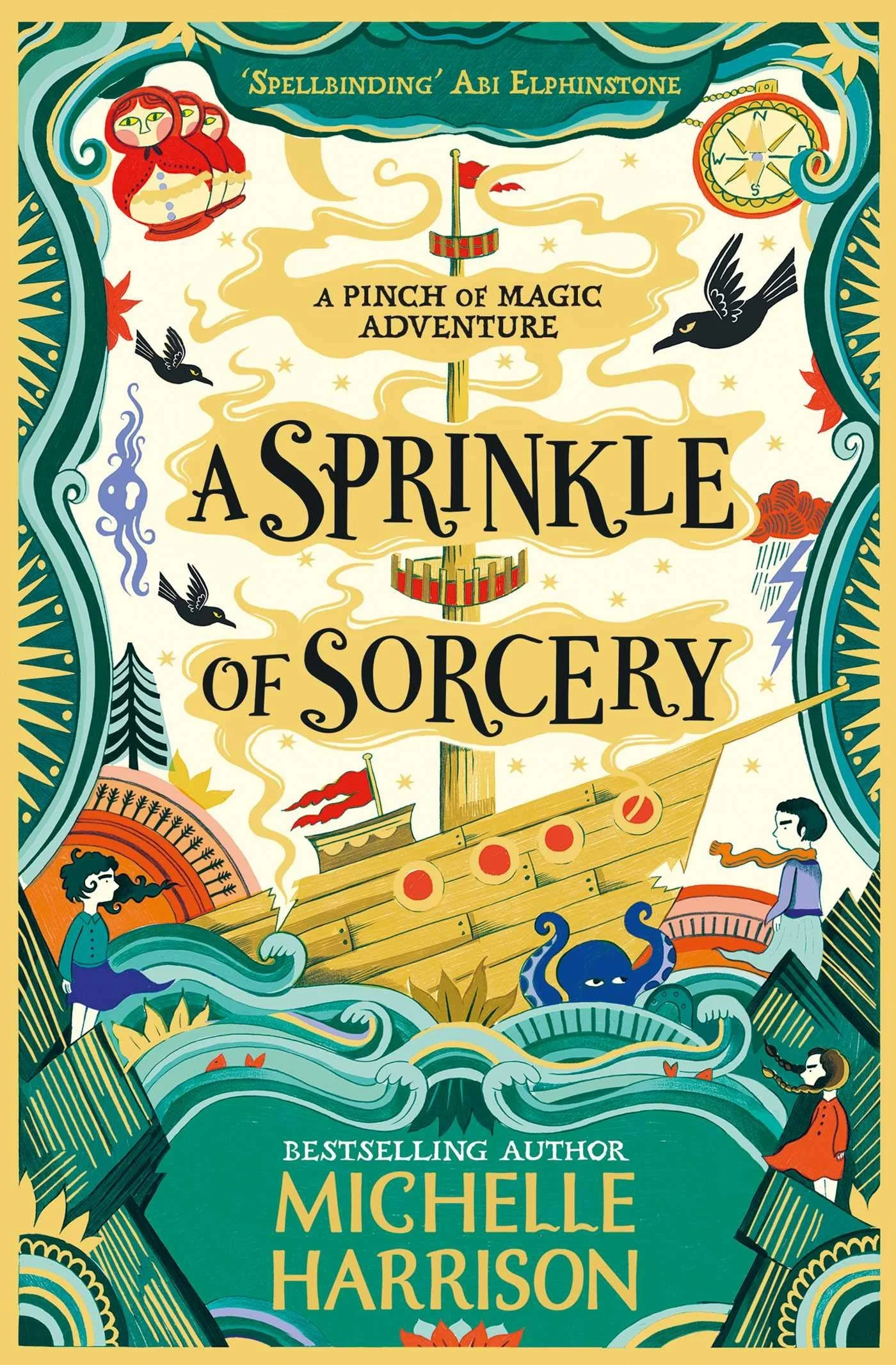How to Give a Scene Greater Emotional Impact (Writing Emotion: Outrage)
The Writing Emotion series observes one emotion at a time in a story that does it well. This is so that we can understand better how to do our most important job as storytellers (no matter the genre): make readers feel.
The objective of these posts is less about learning to convey a specific emotion (joy, sorrow, anxiousness, etc.) and more about studying what is going on underneath a scene that makes the emotionality of it more compelling for the characters and the reader alike—
It’s about learning to write emotion.
Emotion: Outrage
Story: A Sprinkle of Sorcery by Michelle Harrison
Outrage: an extremely strong reaction of anger, shock, or indignation
Passage from the story:
“Betty’s heart was drumming now; Wild was already suspicious, and the wisp was making them all look guiltier than ever.
“We were right,” Wild purred, his eyes gleaming happily. The same way Charlie’s did, Betty thought, when she was taken to Hubbards’ sweetshop across the green.
“Right about what, exactly?” Fliss asked. “We’ve nothing to do with this…this thing! Whatever you’re thinking, you’ve got it all wrong!”
Wild’s eyes narrowed. “I don’t think so. You see, the child we’re searching for has…a certain way with wisps. And this is proof that she’s the one we’re looking for: the runaway from Torment.”
“I ain’t from Torment!” Charlie spluttered.
“Now just you hang on,” Granny interjected. “That there is my granddaughter, and I’ll prove it!” She bent down, knees clicking, and began to rifle through the papers scattered on the floor. Quickly, Fliss knelt, too, and began to help.
Betty watched, uneasiness squatting in the pit of her stomach. It’ll be all right, she told herself. We can prove who Charlie is…
“Here!” Fliss pounced, brandishing a piece of paper under Wild’s nose. “Charlie’s birth papers. These prove she was born here. She’s never been to Torment!”
“So there!” Charlie crowed. “Hah!”
But Wild’s gloating expression remained as he cast his eyes dismissively over the paper. “This proves nothing. It’s just words.”
“What” Granny spluttered. “But it’s her birth paper! How can it not prove—?”
“All it proves is the birth of a child,” Wild continued. “Not who that child is. This, on the other hand - ” he gestured to the wisp - “speaks volumes. For now, it’s all the proof we need.”
“For what?” Granny thundered.
“For taking her back to Torment,” Wild finished.
Charlie’s head snapped up, eyes full of questions. And, if Betty wasn’t mistaken, a hint of excitement, “You’re taking me to Torment?”
“You can’t!” Fliss gasped. “It’s full of..full of crooks!”
“Yes, well,” said Wild. He nodded at the stash of tobacco. “You’d know all about that, wouldn’t you? You took the stolen goods in exchange for hiding her, didn’t you?”
“No!” Granny sad, horrified. “We’ve nothing to do with missing people from Torment!”
But Wild wasn’t the only warder here, and Betty wasn’t about to hand Charlie over easily. “Sir,” she said to Goose. “Please listen. My sister’s not who you’re looking for. If you don’t believe us, ask anyone in Crowstone! And we have photographs,” she said, her voice gathering strength. “I mean, not that many, because we’ve never had much money, but if we could just show you…”
Goose regarded her, his expression a mixture of pity and uncertainty. He ran his tongue over dry lips. “Perhaps we should listen,” he offered feebly. “Perhaps it’s not her…”
Wild shook his head. “If we’re wrong, we’ll return her. But somehow I don’t think we are.”
“Wait!” said Fliss. “The black feather! If she was from Torment, she’d be marked.” She swooped on Charlie, pushing her sleeve up. “And she isn’t!”
Wild’s eyes flickered to Charlie’s arm, but his expression didn’t change. “Proving only that she hasn’t been branded yet,” he said evenly. “All the more reason to do it as quickly as possible upon her return.”
Betty shared a horrified look with Fliss. Their little sister, branded with a black feather? It was too terrible to think of.
She glanced helplessly at Goose, but already she knew he was too weak to sway Wild. Don’t panic, she told herself. It’s all just a big mix-up, and soon they’ll realize that.”
Lesson 1: It’s not fair
In The Coddling of the American Mind, authors Greg Lukianoff and Jonathan Haidt reference studies that demonstrate the idea that fairness is embedded in us biologically. Children understand the concept of fairness from a young age and will naturally protest when faced with injustice.
As storytellers, this gives us the exciting ability to tap into emotion on a biological level.
This scene from A Sprinkle of Sorcery is rife with unfairness, which naturally produces emotion. A man, in a position of perceived authority, is overlooking evidence and reason, and threatening a terrible consequence on a child! The outrage!
If you’re looking to create an emotion of outrage at any point in your story, one way is to tap into our biologically programmed desire for fairness. Circumnavigate a sense of justice by creating an antagonist that’s pushing against it, and voila! Your reader will be feeling deep enough emotion that they think about throwing the book across the room (like I wanted to when I first read this scene).
Lesson 2: Extend hope, then take it away (contrasting emotions)
Hope is a powerful emotion that deserves a post all on its own. But if you want a reader to feel a strong emotion on one end of the spectrum, one way to incite this emotion is to contrast it with a directly opposing emotion.
Goose, in this scene, offers hope as an antidote to Wild’s obvious injustice and the outrage it causes. That hope, rather than bleeding into a monotony of emotions similar to outrage (anger, frustration, resentment), makes the emotion of outrage all the more vivid. It makes it stand out brighter. Especially when that flicker of hope is quickly smothered into darkness once again. Our eyes are left blinking with the memory of that light.
Read more about other ways to create a color palette of emotion in this post on Discovery.
Lesson 3: Mirror real-world counterparts
There is a lot going on in our world at any given time. Events that inspire hope, connection, loss, joy, delight, and outrage, to name a few. Drawing on real world events is a way to help a reader’s brain connect that emotion you’re trying to evoke on an even deeper level.
In this scene, we get an exchange between a person in authority and a more vulnerable and downtrodden party. The author of this scene uses real world counterparts of police interactions and the stereotypes we associate with police (whatever those stereotypes may be for a given reader) to create that connection.
Even better, in the next scene, she’ll actually flip this stereotype on its head, which makes for an even more interesting and emotionally charged story!
No matter what your perspective or opinion on real world issues, it’s likely that you have built-in emotions about things you find familiar. Things you’ve possibly pondered or discussed in your personal life. I talk about emotions as being so nuanced and effective precisely because every reader will come to a story with their own world of experience and emotional color palette.
Helping a reader tap into a real world issue in a safe space (like a children’s story) offers a way to evoke emotion and allow them to experience it from different angles.
Want more insight into behind-the-scenes story magic and writing emotion? Click on one of the buttons below.
The fastest way to write a strong story is with an effective outline that plots your novel’s beating heart.
In Outline Your Novel, you’ll learn exactly what these beats are (step-by-step), why they matter emotionally, and how to plot them quickly to make your story sing.





